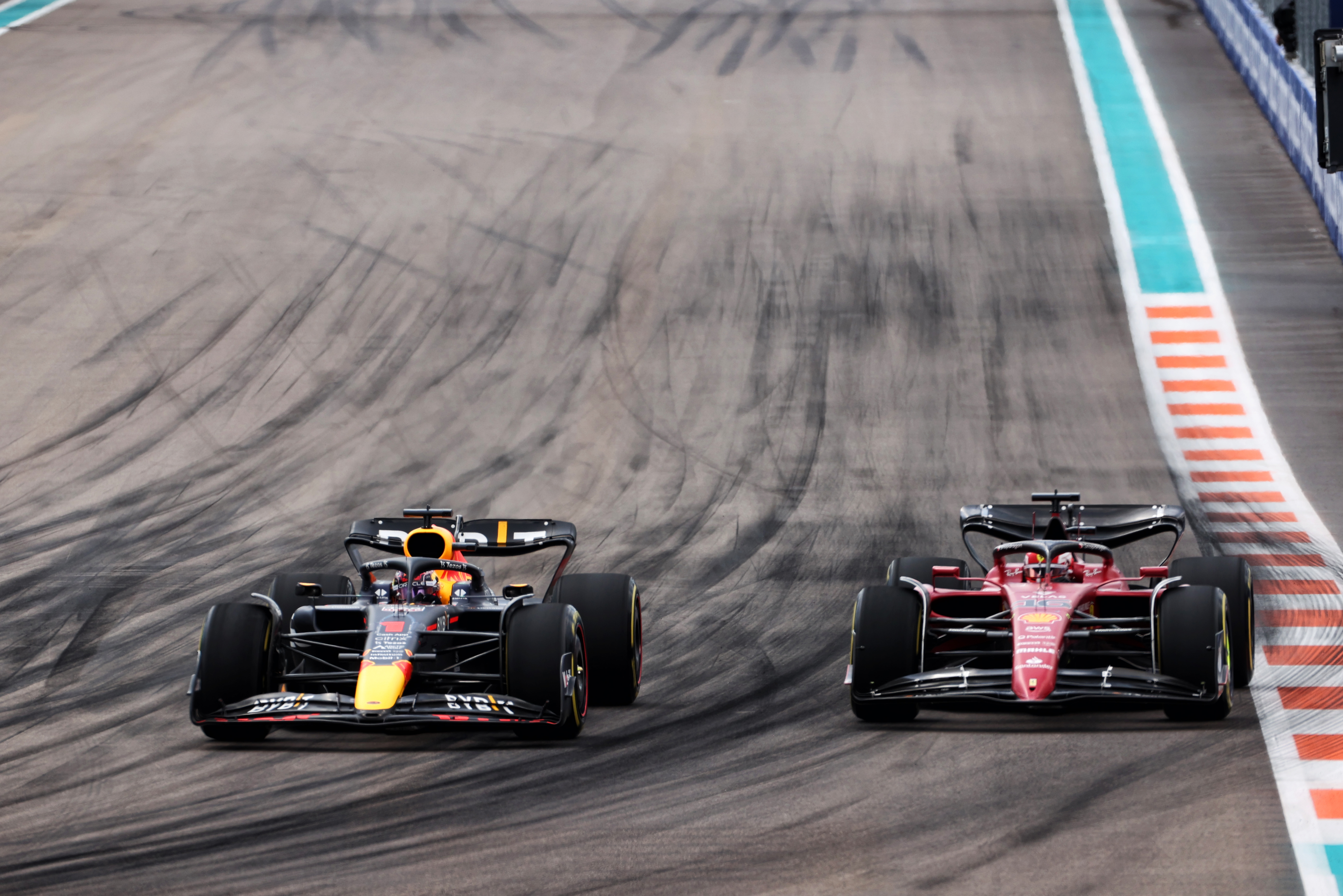Up Next

As the economic effects of the Ukraine war continue to unfold, there is building pressure to adjust Formula 1’s cost cap upwards. Just a year after being introduced and a few months after it’s been reduced.
On the surface, that may sound counter-intuitive to the whole cost cap imperative. But there is a solid logic behind it. Both the FIA and Liberty are fully supportive of adjusting it to account for the rising inflation which has followed the energy price hike in the wake of Russia’s action in Ukraine.
But to actually make the change with immediate effect, the sporting regulations demand a super majority of the teams (which would be eight). To change them for next year would require only a simple majority. At the moment there are only six – possibly seven – teams prepared to vote in favour.
Those against are those smaller teams which might expect to benefit if the spend of the top teams was effectively reduced in real terms by inflation, while those not near the cost cap could continue to spend at their current level and encompass the inflation without breaking the cap. Those teams are believed to be Williams, Alpine, Haas and Alfa.
Inflation is currently running at over 6%. Which, applied to the current budget cap of $140m represents $8.4 million. Those teams close to the nominal cost cap effectively need to slash an unexpected $8.4 million from their spending. In reality, it’s probably more than that because the particular impact of the energy hike – the effect of which is punitive on freight and running costs – is bigger than that average index.

That’s an extremely difficult thing to achieve when you’ve only just slimmed down to that level with a team structured around years of spending way more than that. Ferrari, Mercedes and Red Bull are all believed to be sailing perilously close to the annual cost cap already, after just five races.
Without an adjustment and with continuing price rises, the ugly prospect of redundancies comes up – and any development war will effectively be over after the flurry of updates in Spain this weekend.
That’s the theory. In the real world, with two of the biggest-spending teams in a title battle and the third desperately trying to fix a problematical car, they will all surely be obliged to press on – because they cannot know until the end-of-season financial reporting what their rivals are spending. There needs to be a ruling now rather than an argument later.
Those teams all agreed to a reduction in the cap from $175/170/165m glide-down to the current $145/140/135m when the unexpected Covid pandemic came along. It was the right thing to do.
But they now argue that it would be unfair to penalise them for not adhering to that because of another set of unforeseen circumstances (ie the Ukraine war).
In real terms, the top teams are being asked to cut costs while the smaller teams don’t. It’s tempting to ask what would be so bad about that. In reality, it would be inherently unfair and may endanger the whole concept of a cost cap – which would be a great pity, just as it’s finally been achieved after years of failed attempts.




